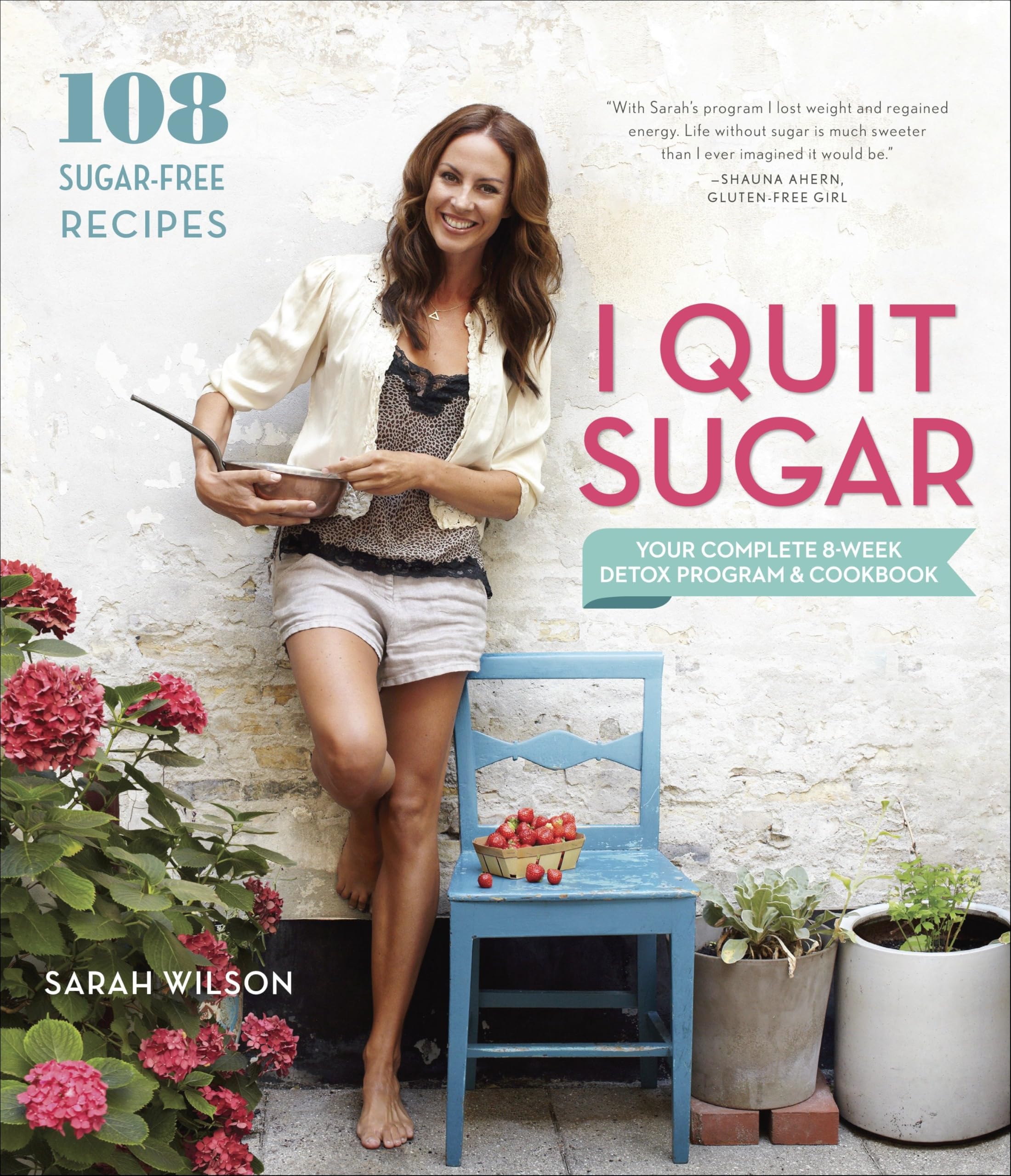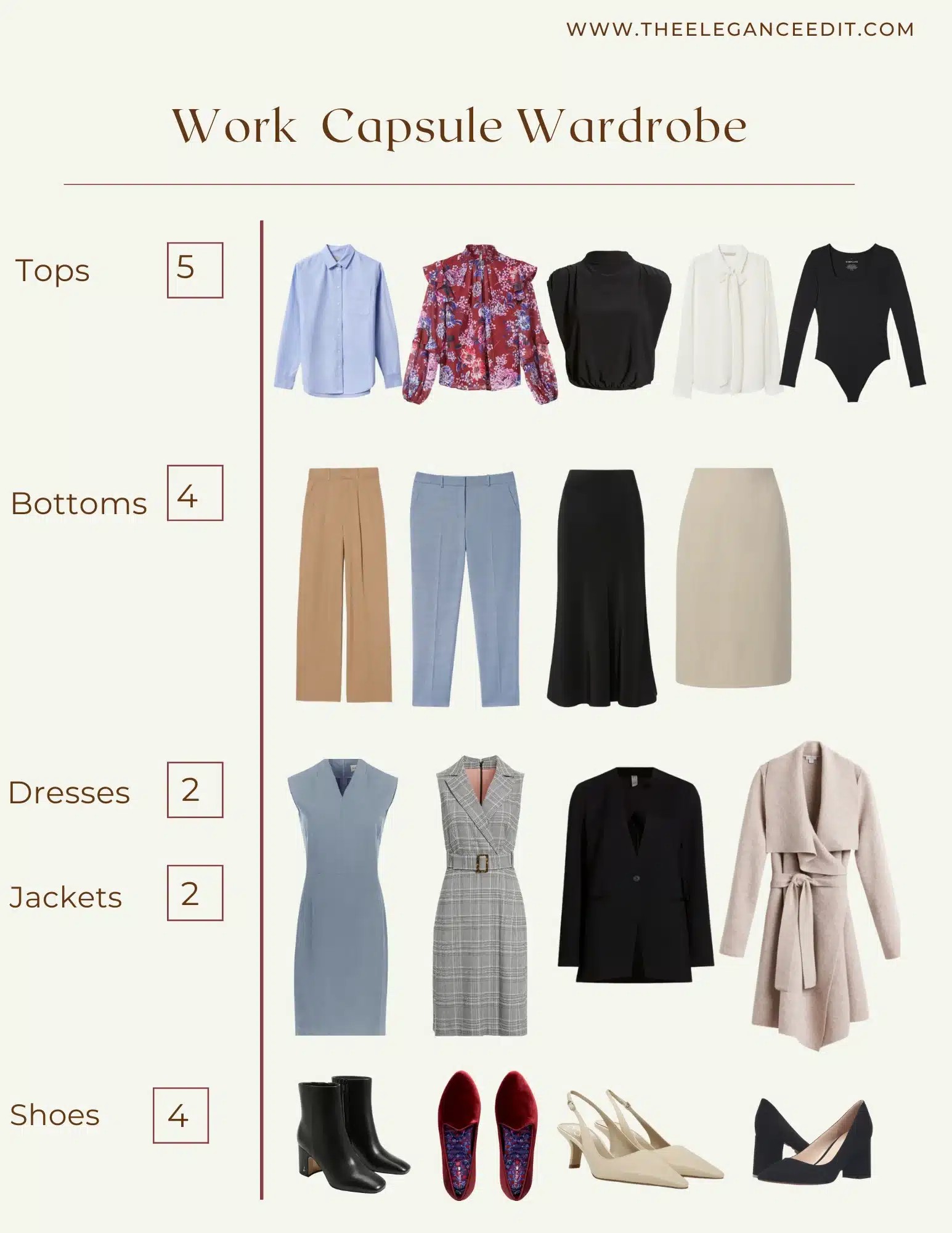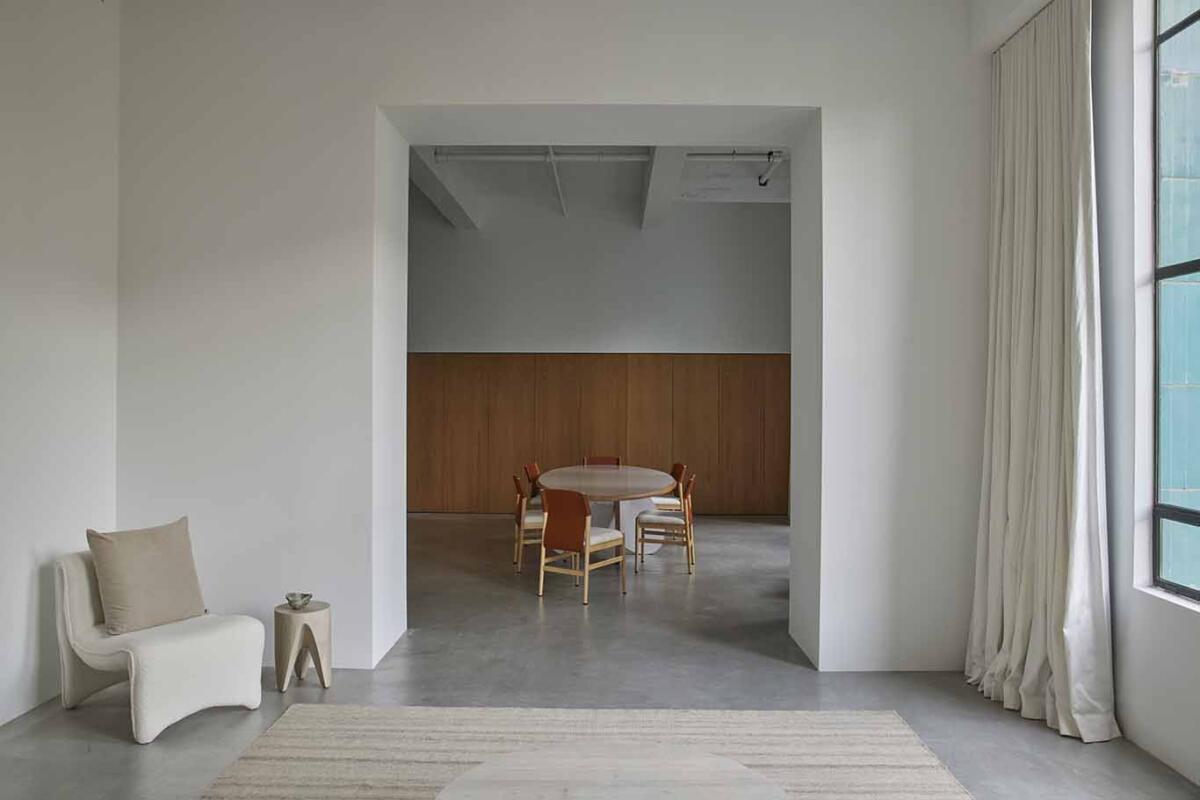Start Your Minimalist Journey Detox Your Life Today

Embracing Minimalism for a Better Life
In a world filled with constant noise and material distractions, the concept of minimalism has emerged as a profound antidote. This lifestyle encourages individuals to focus on what truly matters, shedding excess and creating space for meaning. As more people seek clarity amidst chaos, understanding how to detox your life through minimalism becomes increasingly relevant.
Why Minimalism Matters
Adopting a minimalist approach can lead to numerous benefits:
- Improved mental clarity by reducing decision fatigue.
- Enhanced financial health through decreasing unnecessary expenses.
- Better emotional well-being by simplifying relationships and possessions.
As you contemplate your own journey towards a streamlined life, prepare to discover the practical steps that can set you on this path. In the following sections, we’ll delve into the top 5 strategies to begin your detox and embrace the essence of minimalism.
The Journey to a Minimalist Lifestyle: How to Begin Detoxifying Your Life
In a world saturated with consumerism and excess, many individuals are searching for an alternative path that emphasizes simplicity and mental clarity. Minimalism offers a compelling proposition for detoxing our lives, providing both emotional and practical benefits. Here, we present a Top 5 guide to embark on this transformative journey. Let’s delve into the steps that can help you live with less and discover a more meaningful and authentic space.
5. Assess Your Possessions
The fundamental first step towards a minimalist lifestyle is to assess what you own. It’s surprisingly easy to accumulate items that aren’t genuinely needed, many of which provide only a false sense of security or comfort. To start this step:

- Create a list of items you own in each room of your house.
- Sort these items into categories: essential, non-essential, and items unused for over a year.
- Contemplate the true necessity of each item.
This exercise will offer a clear vision of what truly matters in your life. Assessing your possessions is not just about physical items; it’s also about recognizing the mental space these possessions occupy. For example, keeping a closet full of unused clothes might create a physical mess, but it can also clutter your mind with stress about unmade decisions or unmet goals.
4. Let Go with Intention
Following the evaluation of your belongings, the next step is intentional decluttering. This involves donating, recycling, or selling items you don’t use. While letting go can be daunting, it can also be incredibly liberating. Consider these aspects:
- What emotional impact does each item hold? Does it bring joy or regret?
- How does this item align with your current life goals?
- Would you feel better giving it a second life through someone else?
The process of decluttering is about realizing that our value is not tied to our material possessions. For instance, donating a piece of furniture that no longer serves you can provide someone else with much-needed functionality, creating a ripple effect of positivity. This awareness can lead to a more profound understanding of how our environment reflects our values and priorities.
3. Establish an Organized Space
Once unnecessary items are out of the way, the focus should shift to organizing your space. The way you organize your surroundings directly impacts your mental wellbeing. To streamline this process:
- Assign specific spots for essential items.
- Keep surfaces clutter-free.
- Utilize storage solutions that marry functionality with aesthetics.
An organized environment not only enhances daily efficiency but also creates a more peaceful atmosphere. Imagine walking into a tidy, thoughtfully arranged room after a long day; the stress seems to fall away, replaced by a sense of calm. An organized space also makes it easier to navigate your day, from finding keys quickly to ensuring you have everything for tomorrow’s meeting.
2. Embrace Conscious Consumption Habits
Minimalism extends beyond physical detoxification; it also means adopting conscious consumption habits. This entails being mindful of your purchases and resisting the allure of impulse buying. To cultivate this mindset:
- Implement rules for purchasing, such as the ‘one in, one out’ principle—remove an item for every new acquisition.
- Research before buying to ensure genuine necessity.
- Reflect on the motivation behind a purchase—is it a real need or a temporary desire?
Practicing these habits helps nurture healthier relationships with our belongings and fosters a more sustainable lifestyle. For example, instead of buying cheap, fast-fashion clothes that only last a season, you might invest in fewer, higher-quality pieces that endure, supporting both environmental sustainability and financial prudence.
1. Prioritize Simplicity and Self-Discovery
The final and most crucial step in the minimalist journey is the commitment to prioritize simplicity and self-discovery. This involves pursuing what genuinely resonates with you and adds value to your life. Here are some guidelines:
- Carve out time for personal reflection and self-analysis.
- Engage in soul-nourishing activities, like meditation, reading, or spending time in nature.
- Define what happiness and fulfillment mean to you, free from external pressures.
This pursuit of simplicity offers a domino effect, unveiling a clearer path and an environment that truly resonates with your deepest aspirations. Living minimally is not just a physical shift; it represents a broader lifestyle change that aligns with core values. For instance, by setting the internal pace for contentment, you might discover joy in simple pleasures such as a quiet morning coffee or the satisfying completion of a personal project.
By undertaking this path, you invite a more meaningful existence characterized by clarity and intentional living. Embracing minimalism allows you to step back from the chaos of constant acquisition and focus on experiences and relationships that enrich your life. As you continue this journey, you may find that living with less opens the door to greater freedom and a more profound sense of peace.
| Category | Key Features | Advantages | Disadvantages | Who Benefits Most |
|---|---|---|---|---|
| Decluttering Your Space | Removing excess belongings to create a more open and inviting atmosphere. | Enhances mental clarity and creates a serene environment, allowing for better focus and productivity. | Can be emotionally challenging as letting go of items may evoke strong feelings. | Individuals seeking peace and those overwhelmed by clutter. |
| Mindful Consumption | Making intentional choices about the items to purchase and bring into your life. | Reduces impulse buying and leads to a more conscious awareness of needs versus wants. | Requires constant self-awareness, which can be difficult to maintain over time. | Eco-conscious consumers and those focused on sustainability. |
| Digital Detox | Minimizing screen time and reducing digital clutter from devices. | Promotes better mental health by allowing for more real-life interactions and reducing fatigue from constant notifications. | Can lead to feelings of disconnect from social networks or fear of missing out. | Individuals overwhelmed by technology and those looking to form deeper real-life connections. |
| Simplifying Commitments | Focusing on fewer obligations and prioritizing what truly matters. | Facilitates a greater work-life balance and allows for more time spent with family and friends. | May feel selfish when saying no to social obligations. | Busy professionals and parents who feel overwhelmed with responsibilities. |
Frequently Asked Questions about Starting a Minimalist Lifestyle
What is a minimalist lifestyle?
A minimalist lifestyle focuses on living with less and prioritizing what truly matters. This approach emphasizes the importance of decluttering both physical possessions and mental distractions. The idea is to own only what serves a purpose or brings joy. People pursuing minimalism often report enhanced mental clarity and increased focus on significant life goals.
How do I begin the process of decluttering?
Starting to declutter can seem overwhelming, but breaking it into manageable steps helps. Begin with a single room or category of items, such as clothing or electronics. Consider whether each item adds value to your life. If not, it might be time to let it go. According to experts, setting aside particular times for decluttering can establish a productive routine. Remember, it’s a personal journey, so progress at your own pace.
Is minimalism only about physical possessions?
No, minimalism extends beyond the physical realm. It includes mental and emotional detoxification too. This means simplifying your digital life, reducing time spent on social media, and eliminating unnecessary commitments. By focusing on priorities, individuals can experience a more balanced and fulfilling life. Mindfulness and intentionality are key components of the minimalist philosophy.
Will adopting a minimalist lifestyle save me money?
While personal results can vary, many find that minimalism naturally leads to financial benefits. By being mindful of purchases and reducing impulse buying, minimalists often save money. Additionally, they learn to appreciate quality over quantity, investing in items that offer long-term value. Over time, these practices can lead to significant financial savings.
Can a minimalist lifestyle improve my mental health?
Many minimalists report improvements in their mental health as they declutter their environment and focus on what truly matters. The process encourages intentional living, reducing stress and anxiety caused by a chaotic lifestyle. Studies suggest that a simplified and organized space can promote a sense of peace and boost overall well-being, aligning with the growing interest in mindfulness and mental clarity.
Conclusion: Embracing the Minimalist Journey
Embarking on the journey towards a minimalist lifestyle is a transformative experience that can lead to profound changes in both personal and organizational aspects of life. As explored in the article, the first step involves recognizing the clutter that surrounds us—both physically and mentally—and making a conscious decision to let go of what no longer serves us.
The importance of minimalism extends beyond mere aesthetics. It fosters a sense of clarity and purpose, enabling individuals to focus on what truly matters. By prioritizing quality over quantity, people can streamline their lives, reduce stress, and free up time and energy to invest in meaningful activities and relationships.
Adopting a minimalist mindset requires intentionality and commitment. It involves examining our consumption habits, decluttering our homes, simplifying our schedules, and cultivating mindfulness. This process may not be easy, but the rewards of living a more intentional and fulfilling life are well worth the effort.
Moreover, as highlighted, minimalism is not a one-size-fits-all approach. Each person’s journey will be unique, shaped by individual values, goals, and circumstances. It’s crucial to remember that minimalism is about progress, not perfection—embracing small changes over time can lead to significant improvements in overall wellbeing.
In conclusion, the pursuit of a minimalist lifestyle is a powerful tool for personal growth and mastery of personal organization. By decluttering our lives, we create space for more joy, creativity, and connection. As more people seek simplicity in an increasingly complex world, minimalism offers a refreshing perspective—a journey worth embarking on.


